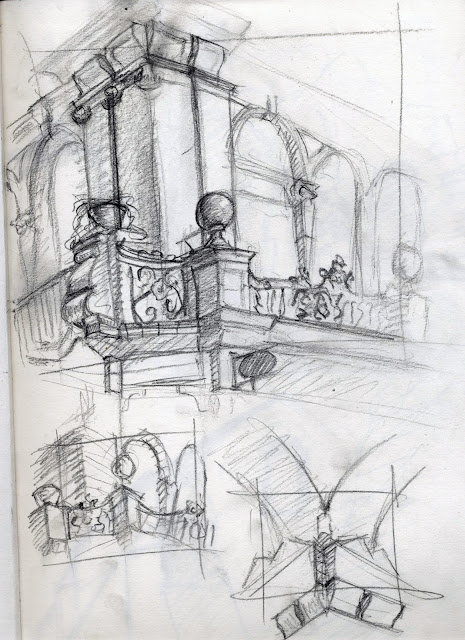There are different ways to use the rotate tool in Maya, or rather there are different ways to use the rotate tool to rotate objects differently. For example, under the settings for the rotate tool there are options to set it to world or local. Setting it to world means it is aligned with the graph and the top, front, side viewpoints, however setting it to local means the rotate tool is aligned with the object itself. This local setting is very useful for aligning the axis of the joints. Aligning the axis of the joints correctly is very important because otherwise the rotation axis will rotate an odd unrelated direction that is no help in moving your character realistically. I encountered this problem with the legs where they were rotating out to the side instead of forward and up.
I could have solved this problem by rotating the joint manually and eyeing where it would be most accurate but instead i decided to use a script that i downloaded off the internet that automatically aligns all the joints in the hierarchy so that each joint's rotation axis is pointing to the next joint. Even though i am still learning Maya i think it is alright to use scripts to speed up the process aslong as i understand what the script is doing and aslong as i understand how i would do it without the script. In this case i used the script because it is alot more accurate than doing it manually.
At first the joint on the wrist was hard to align because it split off into 5 different joint chains for the fingers and the script i was using was not working for this joint so i had to remove the fingers except the middle finger and then align the wrist joint to the middle finger joint. I then moves the fingers back and parented them back to the wrist joint.
















































